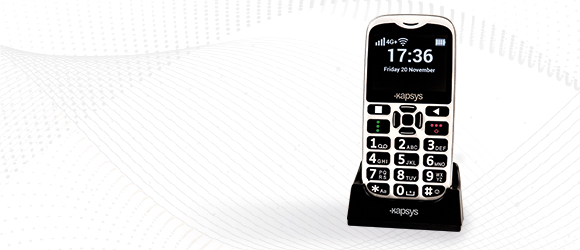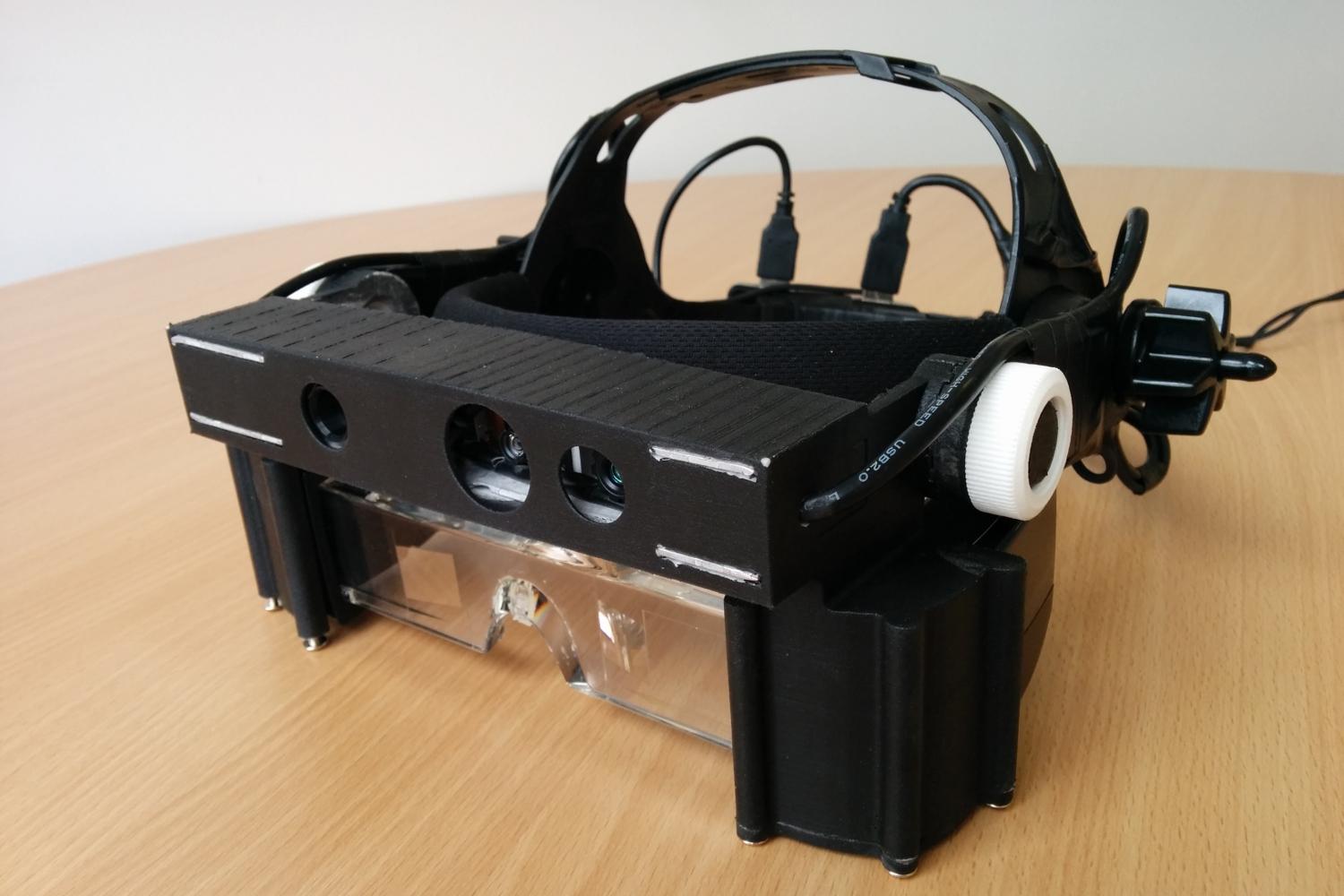OCR Devices for the Blind: Turning Text into Speech with Ease
OCR Devices for the Blind: Turning Text into Speech with Ease
Blog Article
Discover Innovative Tools Designed for the Aesthetically Damaged
The growth of ingenious devices for the aesthetically impaired represents a considerable development in access and self-reliance. Technologies such as smart glasses with AI capacities and mobile applications created to provide acoustic descriptions are reshaping day-to-day experiences for customers.
Smart Glasses for Navigation

Smart glasses developed for navigation are revolutionizing the means aesthetically impaired individuals interact with their environment. These innovative gadgets use a combination of camera technology, expert system, and auditory responses to provide real-time information regarding surroundings. By using challenge detection systems, clever glasses can signal individuals to potential threats, allowing safer flexibility in both acquainted and unknown settings.
The assimilation of GPS innovation even more enhances navigating capabilities, permitting users to obtain auditory directions as they move. This hands-free technique not only promotes independence yet likewise empowers aesthetically damaged individuals to browse metropolitan landscapes with boosted confidence. Furthermore, many wise glasses are equipped with functions that identify spots and street indications, providing contextual info that boosts the customer experience.
Furthermore, the growth of these devices is consistently advancing, with business functioning to boost the accuracy of item acknowledgment and expand the series of navigational attributes. As smart glasses end up being much more obtainable and affordable, they hold the potential to considerably change every day life for visually impaired individuals. Eventually, these innovative devices stand for a crucial step toward inclusivity, offering improved wheelchair and a greater sense of autonomy for individuals navigating the world around them.

Mobile Application for Daily Living
Just how can mobile applications improve the lives of visually damaged people? Mobile applications are revolutionizing the way visually damaged individuals browse their environments, handle day-to-day tasks, and gain access to info. These applications provide necessary assistance through different capabilities, fostering self-reliance and boosting lifestyle.
A number of cutting-edge mobile apps are developed particularly for everyday living. For example, apps like Be My Eyes link aesthetically damaged customers with sighted volunteers by means of video clip calls, enabling them to receive real-time help with tasks such as reading labels or browsing strange rooms. Similarly, Seeing AI, developed by Microsoft, uses synthetic intelligence to explain surroundings, checked out text, and determine items, successfully changing a mobile phone right into an effective device for everyday help.
In addition, navigating applications customized for the aesthetically impaired, such as Aira and BlindSquare, provide audio-based directions and ecological info, making it possible for customers to traverse their environments safely and with confidence. Past navigation and immediate assistance, mobile apps additionally sustain organization and job administration, with features that aid customers set pointers, create order of business, and track appointments. In recap, mobile applications act as essential resources, equipping visually impaired individuals to lead even more independent and satisfying lives.
Wearable Technologies for Assistance
Empowerment via innovation is significantly obvious in the realm of wearable tools made to help aesthetically damaged individuals. These ingenious devices incorporate flawlessly right into life, boosting navigation and giving vital feedback to individuals. For instance, wise glasses equipped with cams can check out and identify faces text aloud, permitting users to engage even more confidently in social and expert settings.
Another noteworthy improvement is using haptic comments systems in wearable gadgets. These systems make use of resonances or other tactile signals to communicate details about the user's atmosphere, such as challenges or adjustments in surface, boosting movement and safety and security. Wearable technologies also include wristbands that connect to mobile phones, informing individuals to alerts via refined resonances, therefore boosting connectivity without reliance on aesthetic hints.
As these modern technologies remain to advance, they are not just boosting independence for visually impaired individuals yet additionally cultivating a better feeling of incorporation in society. By bridging the gap in between obstacles encountered in daily living and the capacity for autonomy, wearable innovations act as pivotal devices in the pursuit for equal rights and empowerment for those with aesthetic disabilities.
Audio Description Devices
Sound description tools play an important function in enhancing accessibility for aesthetically damaged individuals, providing them with the capability to engage with aesthetic media. Speech-to-text devices for low vision. These devices provide narrated summaries of crucial visual elements in films, tv shows, and live efficiencies, guaranteeing that users can completely comprehend the context and emotions communicated through visuals
Sound description can be incorporated into numerous platforms, including streaming solutions, cinema testings, and live theater. Lots of popular streaming services currently include audio summary as an availability feature, enabling visitors to choose it quickly. Along with traditional media, specialized apps likewise exist, giving audio descriptions for art exhibits, galleries, and other social events.
The efficiency of audio summary hinges on the skill of the storytellers, who have to share aesthetic details succinctly without taking away from the initial audio. Advancements in this area are also leading the way for more individualized experiences, where customers can readjust the level of detail and pacing according to their choices.
Braille Innovations and Instruments
Braille developments and gadgets have significantly changed the method aesthetically damaged people engage with text and details. Modern improvements have caused the advancement of polycarbonate glasses flexible devices that improve literacy and self-reliance among customers. Significantly, Braille show technologies have actually developed, permitting for dynamic analysis experiences. These devices transform electronic message into Braille, making it possible for individuals to access a large range of info on tablet computers, smartphones, and computer systems.
Furthermore, mobile Braille notetakers incorporate conventional Braille input with modern-day capabilities, facilitating note-taking, scheduling, and file modifying on the move. Assistive technology for the blind. These this page portable devices frequently feature text-to-speech capabilities, connecting the gap in between Braille and auditory info
On top of that, ingenious Braille printers have actually arised, allowing users to produce Braille tags, records, and instructional products effectively. This availability promotes higher involvement in specialist and instructional atmospheres, inevitably advertising inclusivity.
In addition, study into wise Braille technologies proceeds to increase. Tools that incorporate expert system are being explored to provide real-time navigating support and contextual information, boosting the individual experience in diverse setups. On the whole, these innovations mirror a commitment to empowering aesthetically impaired people via modern technology, ensuring they can conveniently access and involve with the world around them.

Conclusion
The innovation of cutting-edge devices for the aesthetically damaged substantially boosts freedom and lifestyle. Smart glasses, mobile applications, wearable modern technologies, audio summary tools, and Braille developments collectively empower individuals by giving essential navigation assistance, environmental recognition, and enhanced reading experiences. These technologies not only foster greater inclusion but also advertise freedom in everyday tasks, inevitably contributing to an extra equitable and accessible culture for aesthetically damaged people. Proceeded sites development in this field holds promise for more improvements.
As smart glasses come to be a lot more easily accessible and budget friendly, they hold the potential to dramatically transform everyday life for visually damaged users. Mobile applications are revolutionizing the method aesthetically damaged users navigate their environments, handle day-to-day tasks, and gain access to details. Applications like Be My Eyes connect visually damaged users with sighted volunteers by means of video clip calls, enabling them to get real-time aid with tasks such as checking out tags or browsing unfamiliar areas.Additionally, navigation apps customized for the aesthetically damaged, such as Aira and BlindSquare, offer audio-based directions and ecological details, enabling individuals to traverse their surroundings safely and with confidence.The innovation of ingenious tools for the visually impaired substantially enhances independence and high quality of life.
Report this page